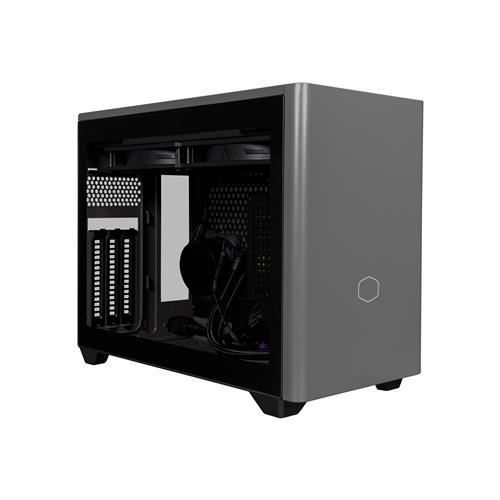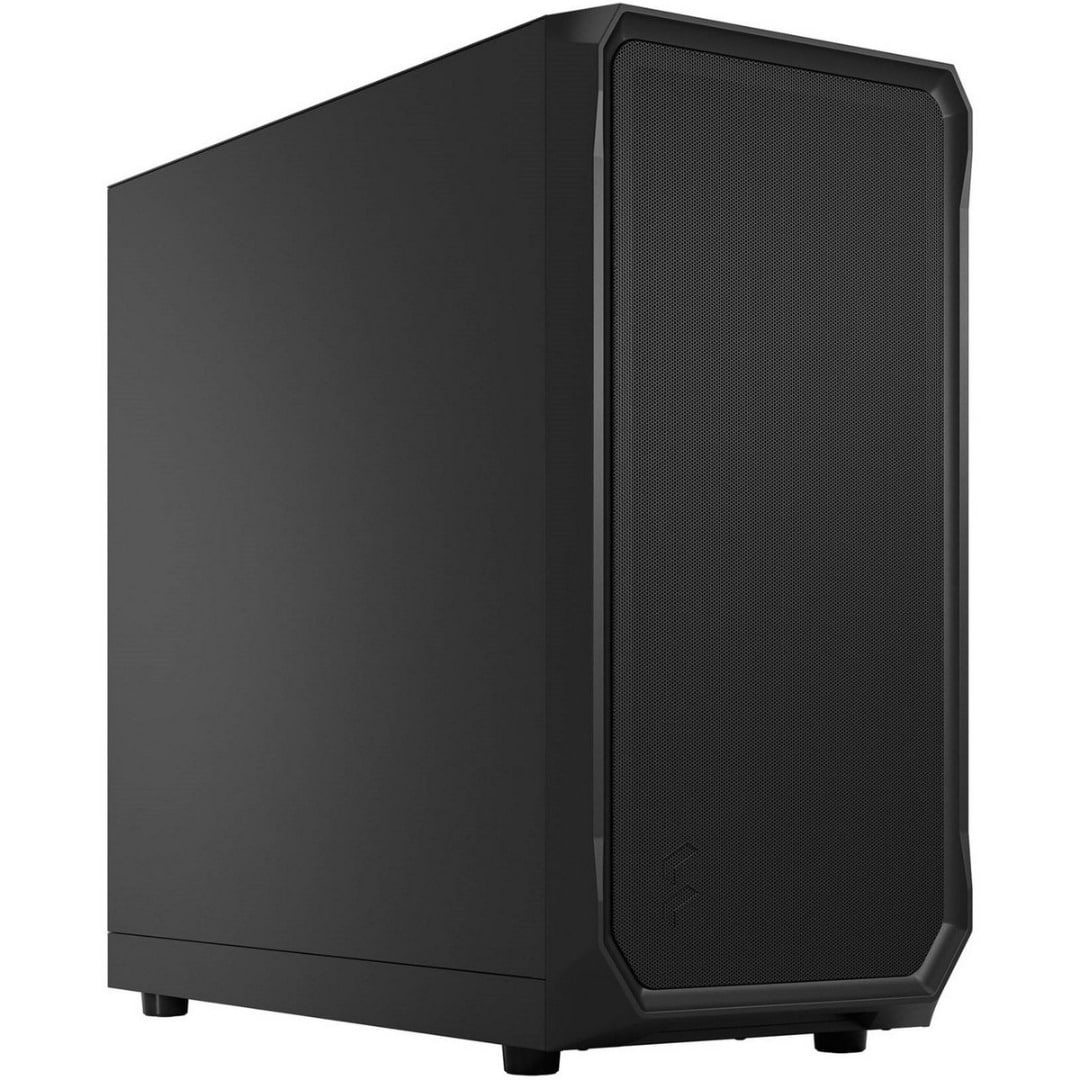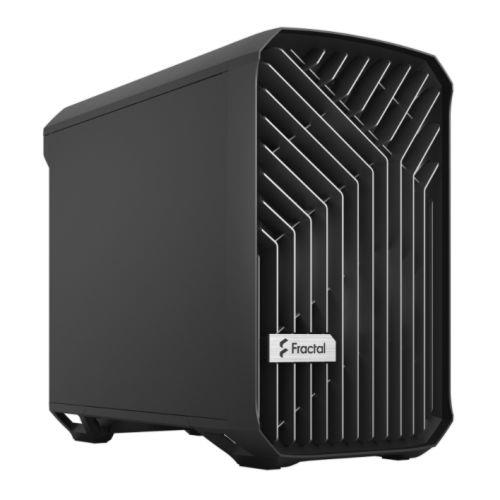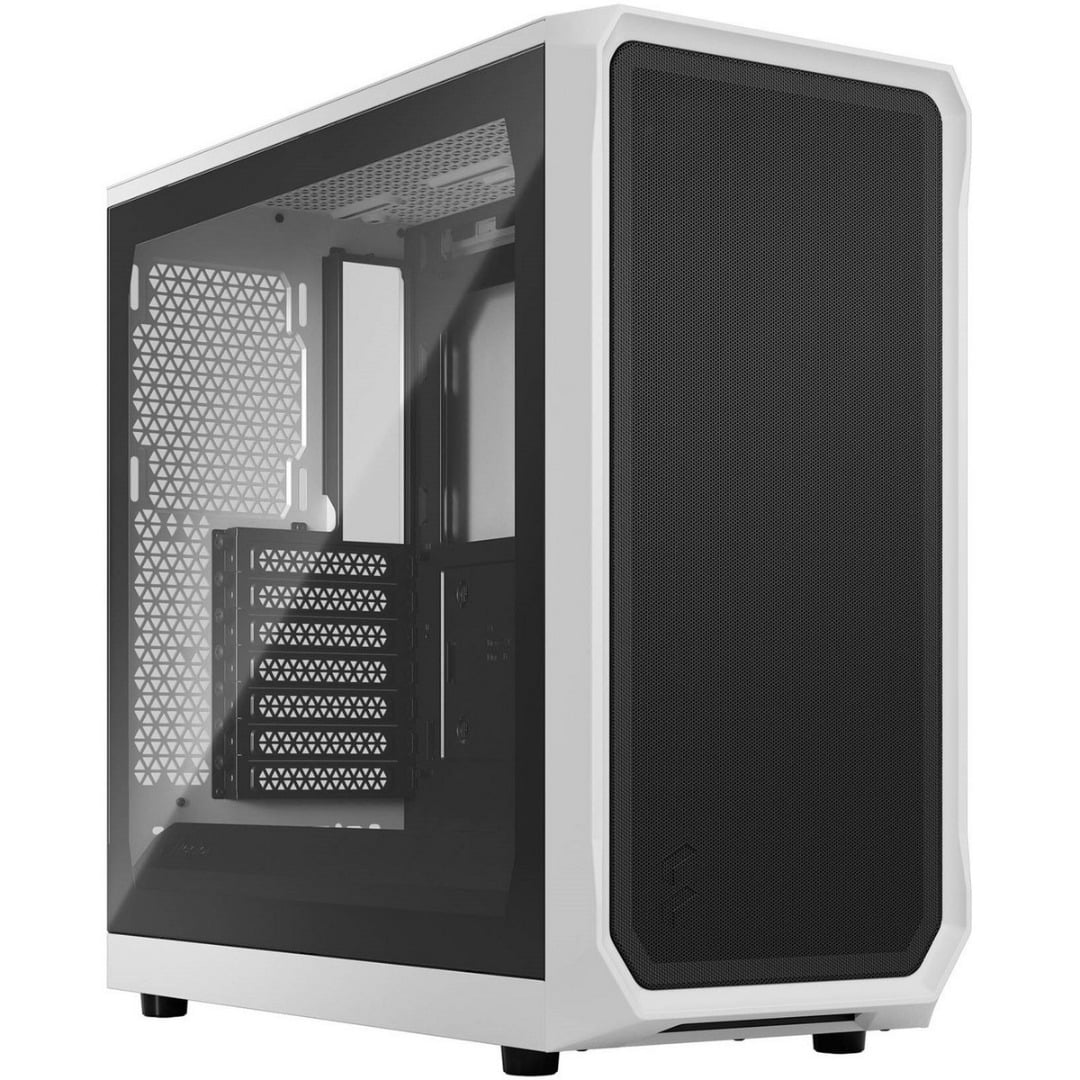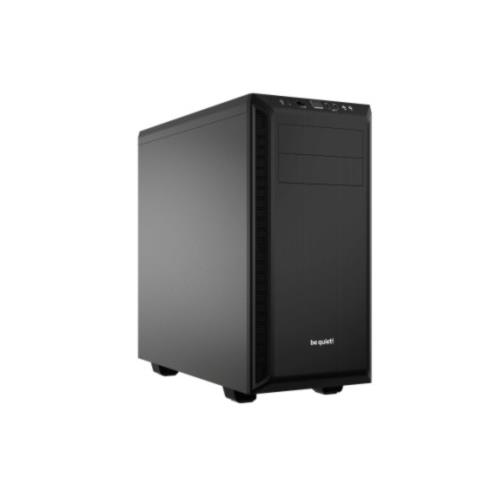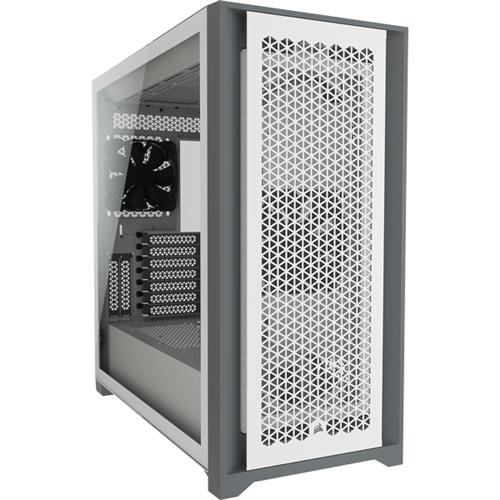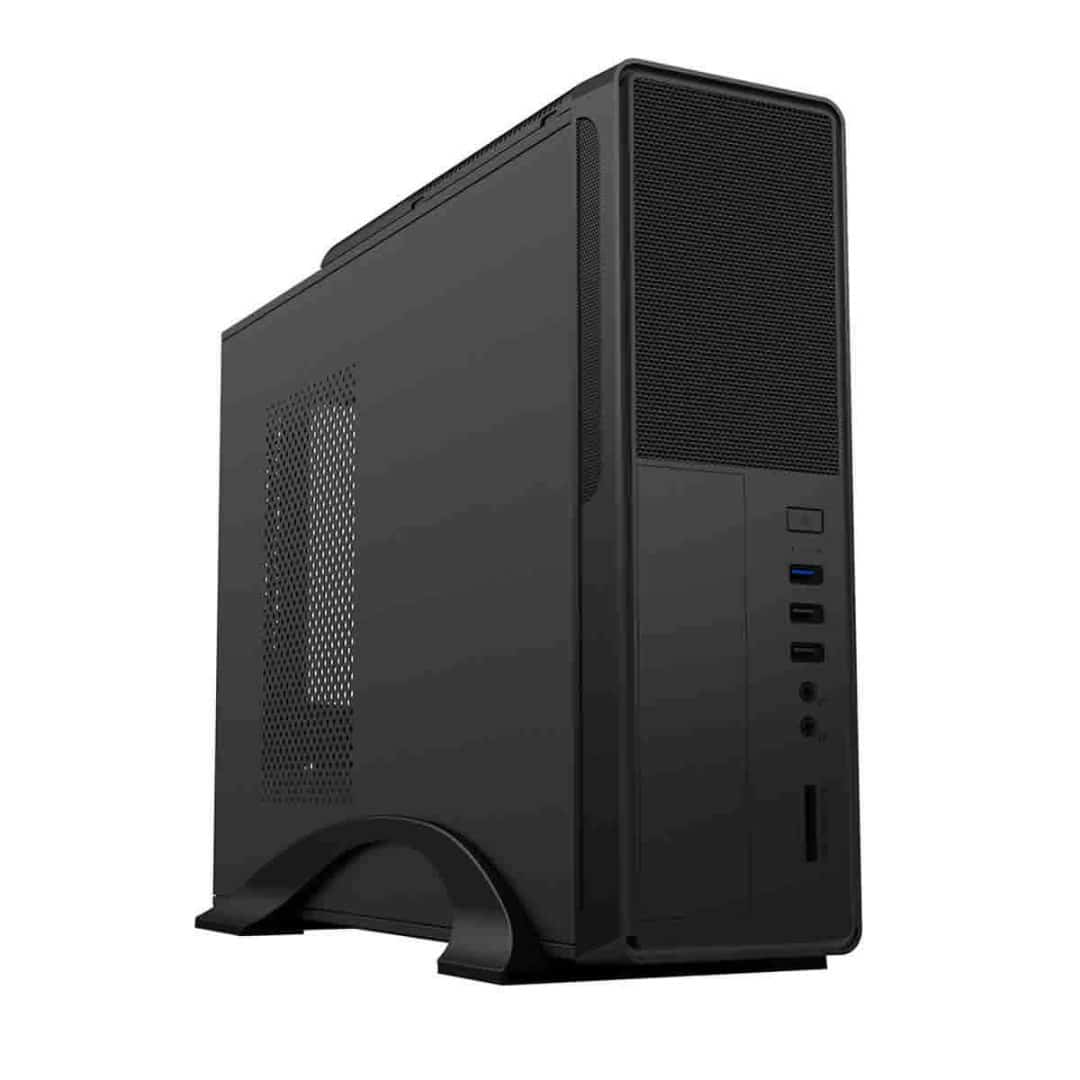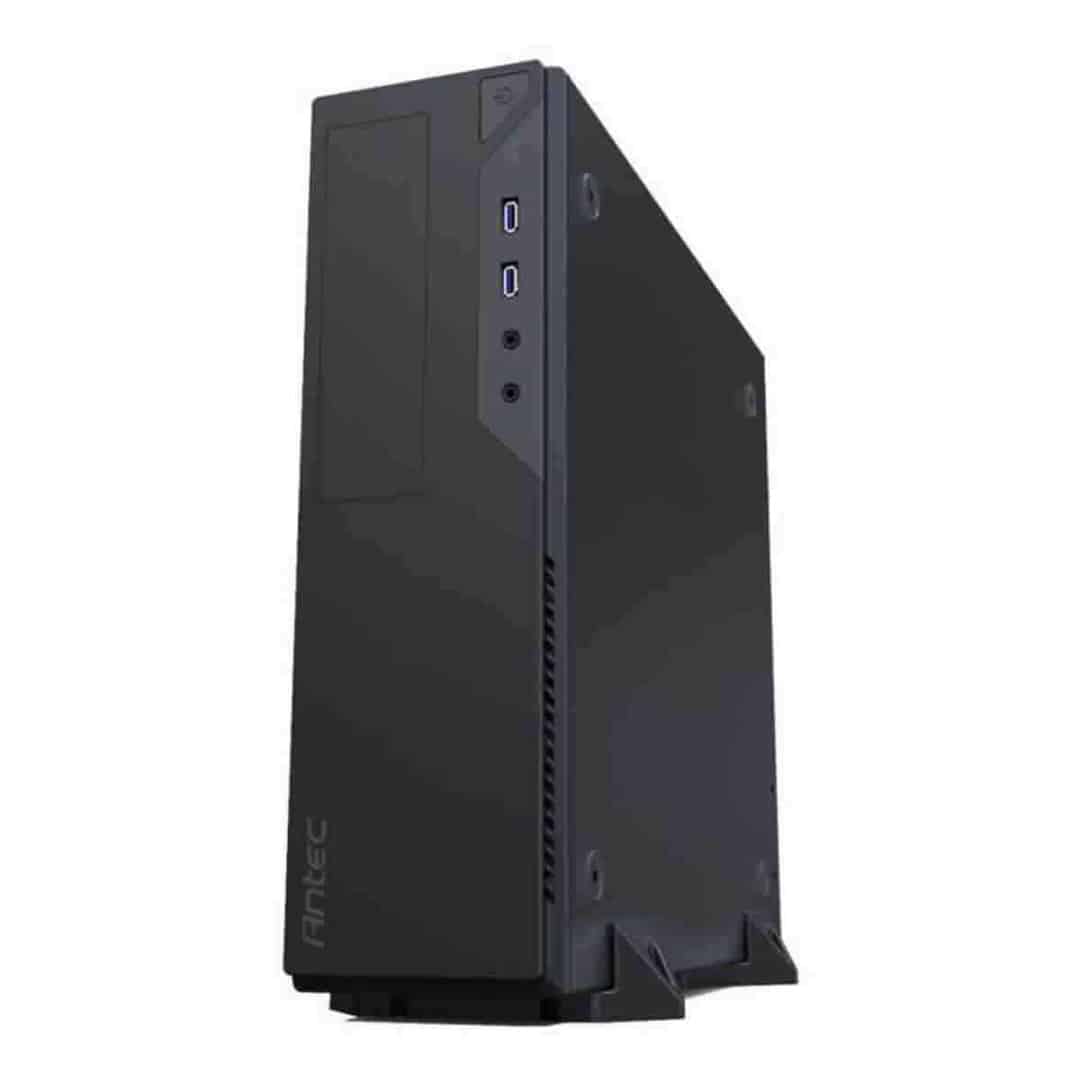
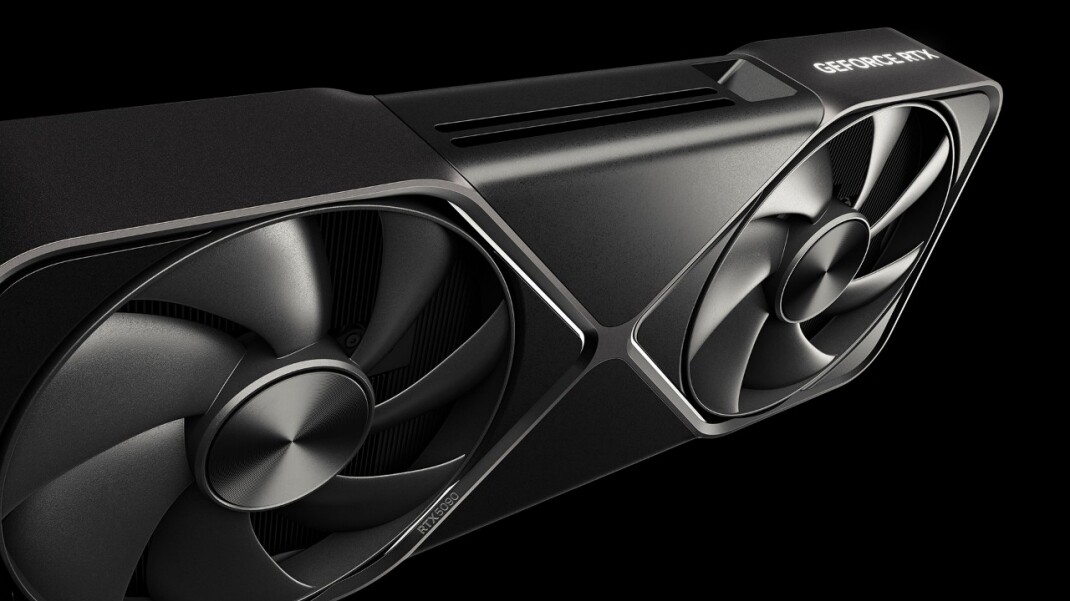 ‘); $(‘.tpu-fancybox-wrap’).css(‘maxWidth’, maxWidth);*/ instance.$refs.stage.on(‘transitionend’, function() { updateButtonPos(instance); }); }, onUpdate: updateButtonPos, afterShow: function(instance, slide) { updateButtonPos(instance); instance.$refs.inner.find(‘.fancybox-tpu-nav’).show(); }, beforeClose: function(instance, slide) { instance.$refs.inner.find(‘.fancybox-tpu-nav’).hide(); }, afterClose: function(instance, slide) { $(‘.tpu-fancybox-wrap’).contents().unwrap(); $(‘body’).removeClass(‘tpu-fancybox-body-wrap’) }, baseTpl: ‘
‘); $(‘.tpu-fancybox-wrap’).css(‘maxWidth’, maxWidth);*/ instance.$refs.stage.on(‘transitionend’, function() { updateButtonPos(instance); }); }, onUpdate: updateButtonPos, afterShow: function(instance, slide) { updateButtonPos(instance); instance.$refs.inner.find(‘.fancybox-tpu-nav’).show(); }, beforeClose: function(instance, slide) { instance.$refs.inner.find(‘.fancybox-tpu-nav’).hide(); }, afterClose: function(instance, slide) { $(‘.tpu-fancybox-wrap’).contents().unwrap(); $(‘body’).removeClass(‘tpu-fancybox-body-wrap’) }, baseTpl: ‘
‘ + ‘‘ + ‘‘ + ‘‘ + ‘
‘ + ” + ” + ‘
‘ + ‘
‘, }); }); } loadjs.ready([‘jquery’, ‘fancybox’, ‘swiper’], function() { attachLightbox(‘a[data-fancybox]’); if ($(window).width()<600) { $(‘.imgcontainer’).each(function() { var $this=$(this); if (($this.find(‘a’).length==1) || ($this.find(‘a’).length>7)) return; $this.addClass(‘swiper-container’); $this.find(‘a’).addClass(‘swiper-slide’).css(‘width’, ‘auto’).wrapAll(”); $this.find(‘.swiper-wrapper’).after(”); new Swiper ($this.eq(0), { slidesPerView: ‘auto’, slidesPerGroup: 1, spaceBetween: 15, pagination: { el: ‘.swiper-pagination’, clickable: true } }); }); } $(‘.newspost’).on(‘click’, ‘.spoiler > .button, .spoiler > a’, function(e) { e.preventDefault(); $(this).next(‘div’).toggle(); }); $(‘.newspost’).on(‘click’, ‘.ispoiler’, function(e) { e.preventDefault(); $(this).find(‘div’).css(‘filter’, ”); $(this).removeClass(‘ispoiler’); }); $(‘.contnt’).on(‘click’, ‘.newspoll_btn’, function() { popup.Show(‘TechPowerUp Quick Poll’,’Loading…’); $.get(‘/news-poll/options?id=’+$(this).data(‘id’), function(data) { $(‘#popup_content’).html(data); }); }); }); ]]>
Saturday, February 22nd 2025

The situation is especially problematic when using advanced features like DLSS 4 frame generation. NVIDIA staff member Manuel recently addressed these concerns on the GeForce Forums, confirming that the company is actively investigating the problems. Preliminary investigation suggests the issues might extend beyond driver software, potentially requiring VBIOS updates to resolve the stability problems fully. Some users have found temporary relief by reducing PCIe speeds below Gen 5 or lowering monitor refresh rates to 60 Hz, suggesting potential firmware-level compatibility issues. However, these workarounds are not guaranteed solutions for all affected users. The latest driver update (572.47), which added support for the RTX 5070 Ti, failed to address these critical stability issues, including only a single bug fix related to monitor wake-up from sleep mode. This has left many early adopters of the RTX 50 series frustrated with their premium hardware purchases.
Sources: GeForce Forums, via Tom’s Hardware, VideoCardz


